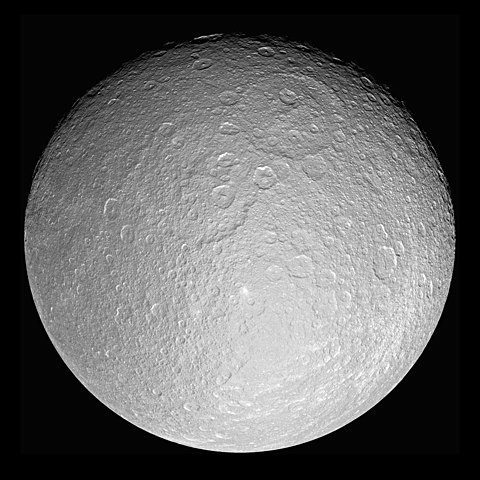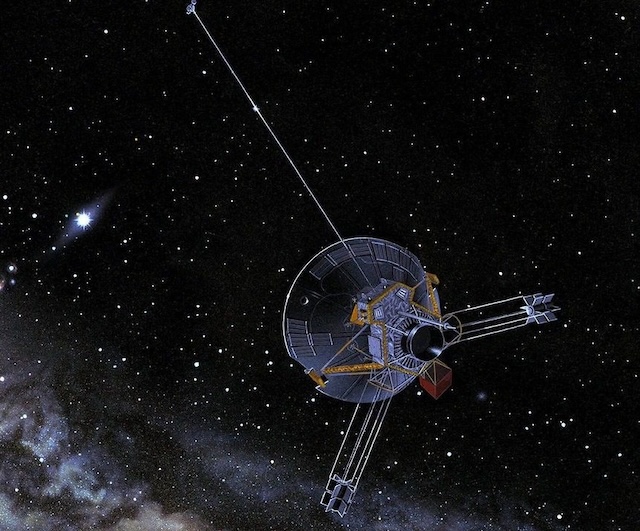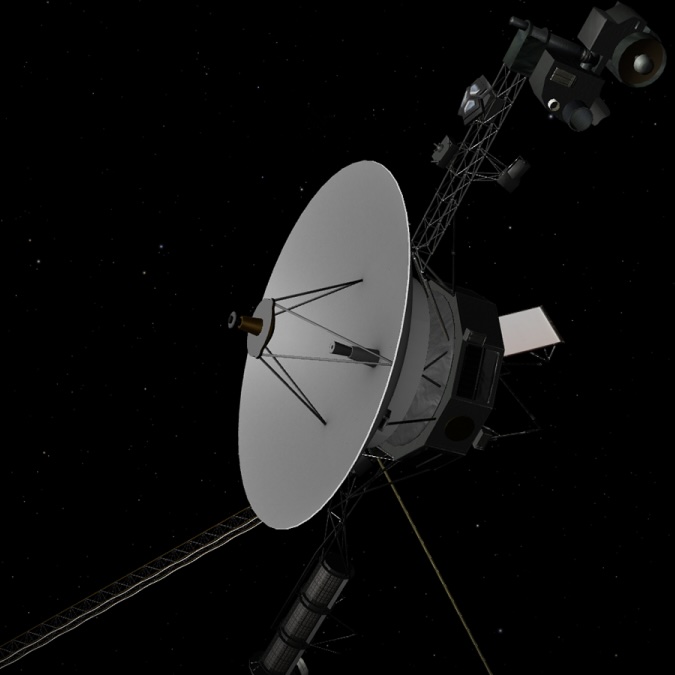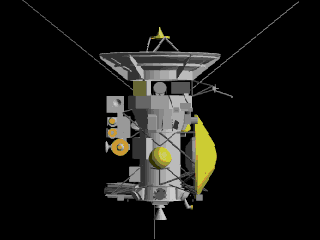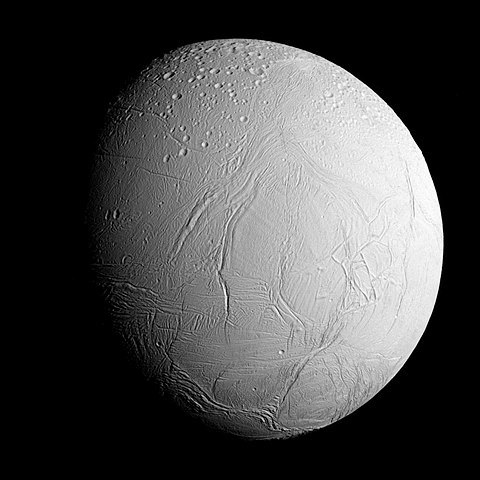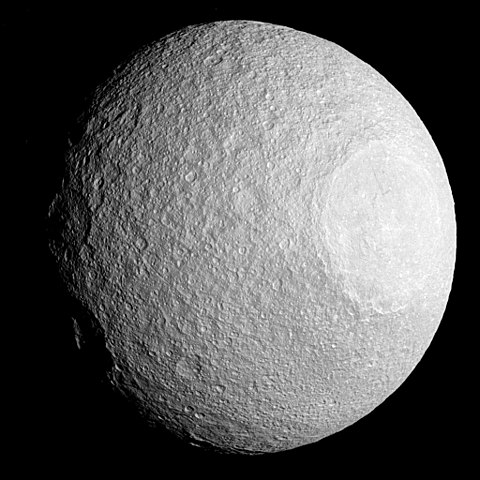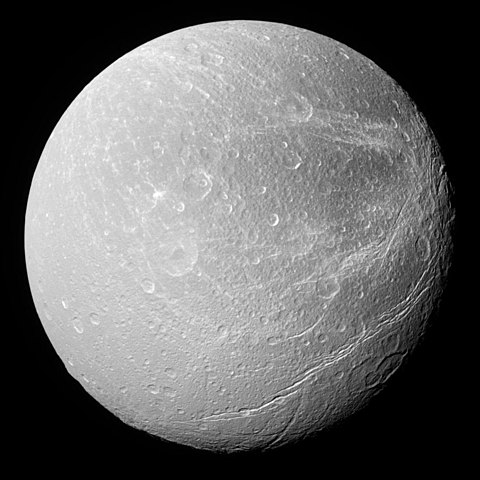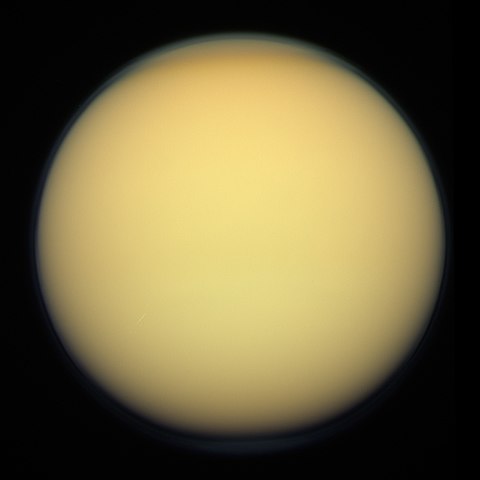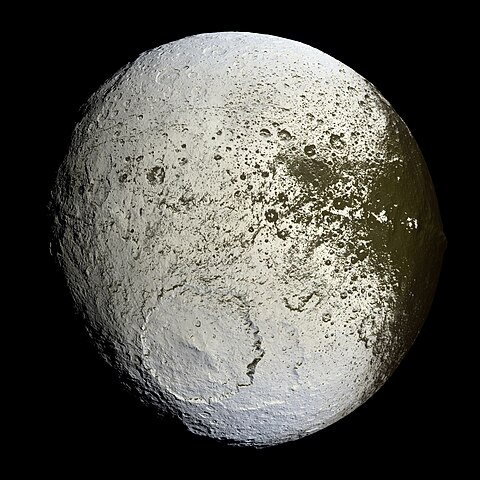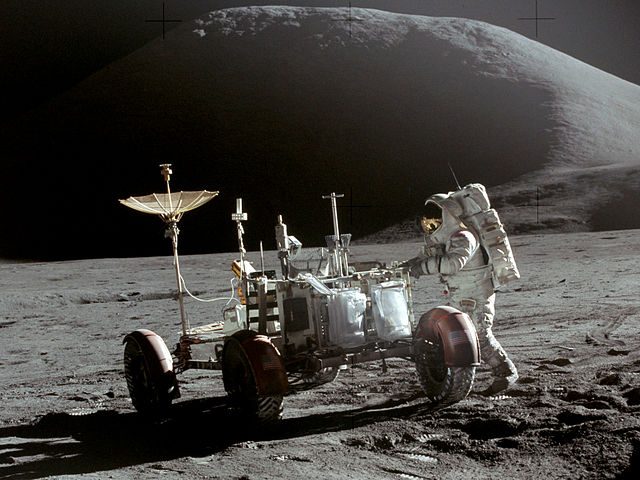1 day / second
0.5 AU
Rhea
Moon of Saturn
A heavily cratered, icy mid-sized moon with a reflective surface composed primarily of water ice mixed with rocky material, orbiting as Saturn's second-largest satellite.
Key Facts
learn more | Wikipedia |
mass | 2.3065e+21 kg |
radius | 763.8 km |
semi-major axis | 527,070 km |
eccentricity | 0.001 |
inclination | 27.075º |
longitude of the ascending node | 0º |
argument of periapsis | 0º |
orbital period | 4.518 days |
surface gravity | 0.027 g |
discovery date | 1672 |
discovered by | Giovanni Cassini while observing Saturn's satellites |
name origins | Named after the Titan Rhea from Greek mythology, who was Saturn's wife and mother of the gods |
rotation | Tidally locked to Saturn |
albedo | 0.7 |
material composition | Primarily water ice and rock/silicates |
density | 1.236 g/cm³ |
Parent Planet
Saturn
A massive ringed gas giant with a distinctive yellow-orange hue, known for its extensive system of icy rings and more than 80 moons, including Titan, the only moon in the Solar System with a thick atmosphere.
Spacecraft Visits
Pioneer 11
Flyby
Launched in 1973, visited in 1979
Pioneer 11 flew past Rhea at a distance of 345,000 kilometers on September 1, 1979, capturing the first detailed images of Saturn's second-largest moon.
Voyager 1
Flyby
Launched in 1977, visited in 1980
Voyager 1 made its closest approach to Rhea on November 12, 1980, capturing detailed images of the heavily cratered moon from a distance of 73,980 kilometers during its Saturn system flyby.
Voyager 2
Flyby
Launched in 1977, visited in 1981
During its flyby of Saturn's moon Rhea on August 25, 1981, Voyager 2 captured detailed images of the heavily cratered surface from a distance of 645,000 kilometers, revealing a landscape dominated by impact features with no evidence of internal geological activity.
Cassini
Flyby
Launched in 1997, visited in 2005
Cassini made its first close flyby of Rhea on November 26, 2005, passing within 500 kilometers of the moon's surface and capturing detailed images of its heavily cratered terrain.
